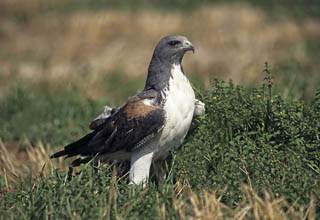

Terns can sometimes be difficult to identify if you’re new to birding, especially during certain times of year. The Forster’s Tern can be easily confused with the Common Tern, and in fact was considered to be a Common Tern by Audubon himself. It is named for naturalist Johann Reinhold Forster, who served as scientist on James Cook’s second expedition and wrote “Observations Made During a Voyage Around the World”.
Forster’s are found almost exclusively in North America for most of the year. They prefer marshy habitats in which to breed, and they build nests on top of muskrat houses, on top of dense vegetation, or on mats of floating plants. Wakes caused by recreational boating can cause nests to capsize, as can spawning carp and inclement weather.
I found this bird in Virginia on my way to Chincoteague Island of “Misty of Chincoteague” fame. The 14,000-acre Chincoteague National Wildlife Refuge is a birding paradise with white sand beaches, freshwater and saltwater marshes, maritime forest, shrublands, and dunes. Located mostly in Virginia, the refuge also spills into Maryland. It is located along the Atlantic Flyway, so it is a vital resting area for migrating birds. Over 320 species of birds have been spotted on the island. If you get the chance to visit, in addition to the famous ponies, you might spot a Delmarva Peninsula Fox Squirrel or, if you’re very lucky, you’ll see a Piping Plover!
0 Comments










